I'm trying to deploy a bitbucket pipeline using terraform v0.14.3 to create resources in google cloud. after running terraform command, the pipeline fails with this error:
Error: Invalid legacy provider address
This configuration or its associated state refers to the unqualified provider
"google".
You must complete the Terraform 0.13 upgrade process before upgrading to later
versions.
We updated our local version of terraform to v.0.13.0 and then ran: terraform 0.13upgrade as referenced in this guide: https://www.terraform.io/upgrade-guides/0-13.html. A versions.tf file was generated requiring terraform version >=0.13 and our required provider block now looks like this:
terraform {
backend "gcs" {
bucket = "some-bucket"
prefix = "terraform/state"
credentials = "key.json" #this is just a bitbucket pipeline variable
}
required_providers {
google = {
source = "hashicorp/google"
version = "~> 2.20.0"
}
}
}
provider "google" {
project = var.project_ID
credentials = "key.json"
region = var.project_region
}
We still get the same error when initiating the bitbucket pipeline. Does anyone know how to get past this error? Thanks in advance.

